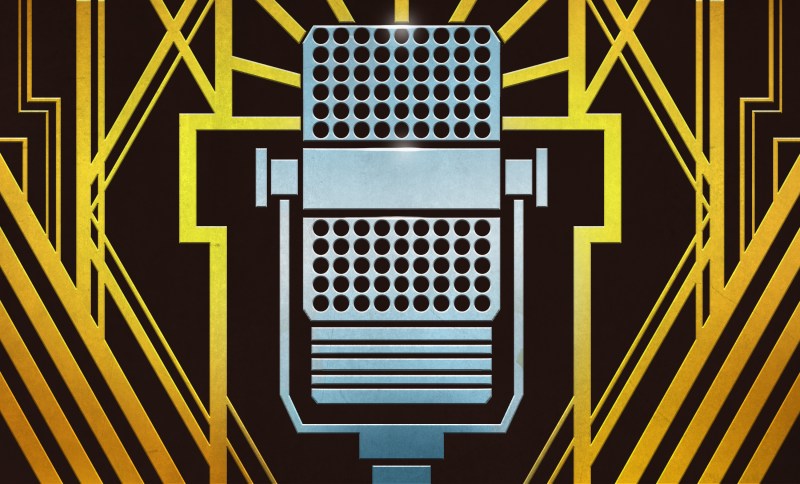Hackaday Editor-in-Chief Elliot Williams took time out from Supercon planning to join Staff Writer Dan Maloney for a look through the hacking week that was. We always try to keep things light, but it’s hard sometimes, especially when we have to talk about wars past and present and the ordnance they leave behind. It’s also not a lot of fun to talk about a continent-wide radio outage thanks to our angry Sun, nor is learning that a wafer-thin card skimmer could be lurking in your ATM machine.
But then again, we did manage to have some fun by weighing cats to make sure they’re properly fed, and making music by pegging VU meters. We also saw how to use PCBs to make a beautiful yet functional circuit sculpture, clean up indoor air on a budget, and move microns with hardware store parts. And we also got to celebrate a ray of international hope by looking back on the year that taught us much of what we know about the Earth.
Check out the links below if you want to follow along, and as always, tell us what you think about this episode in the comments!
Episode 186 Show Notes:
News:
What’s that Sound?
- Congrats to [Max] for naming last week’s sound!
- ICE3 summt Hymne – YouTube (it’s kinda out of tune).
Interesting Hacks of the Week:
- Load Cells To Get The Right Pet The Right Food
- Mechanical Relay Percussion In A Eurorack Format
- Open Source: Free As The Air You Breathe
- Making Variable Capacitors By Stretching Aluminium Cans
- Keyboard Shortcuts At The Touch Of A Planetary Cube
- Gaze Upon Just How Thin ATM Skimmers Are Getting
Quick Hacks:
- Elliot’s Picks:
- Dan’s Picks:
















@Elliot:
The German Railway runs on a reduced frequency AC of 16.7Hz (originally 16 2/3 Hz = 1/3 of our 50Hz Grid) not DC. See https://de.wikipedia.org/wiki/Bahnstrom#16_2%E2%81%843_Hz_gegen%C3%BCber_16,7_Hz
The ICE in the link plays the German national anthem (Haydn) – it’s really hard to recognize – and not Beethoven’s Ode to joy.
If I remember correctly, the reason for changing the PWM frequency that creates the 3 sine-ish phases from a VFD when accelerating, is that it reduces distortion and thereby increases efficiency in the motor.
Some drives do it step-wise, some do it in a sweep, some have other methods that sound more like crickets or birds chirping.
Cool that someone sound-designed this locomotive to do it step-wise in a musical scale.
The Bombardier Regina trains, common in Sweden, does the cricket/bird chirp at low speeds, then it does upward sweeps that periodically shift down, it sounds almost as if the train was shifting gears. It was often that kind of train that took me to school where I learned how VFD:s work :-)
The tone of the sound reminded me of a train I’ve heard. The MR-73, in Montréal, has a three step tune it plays. Pretty neat!